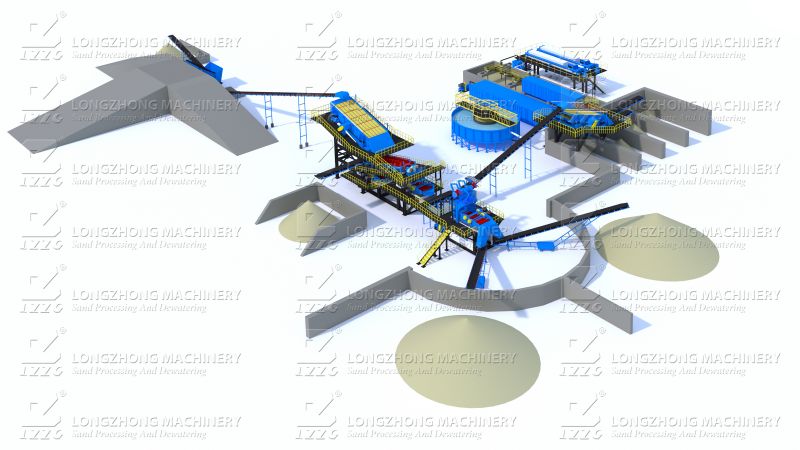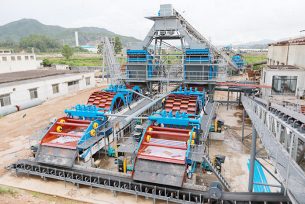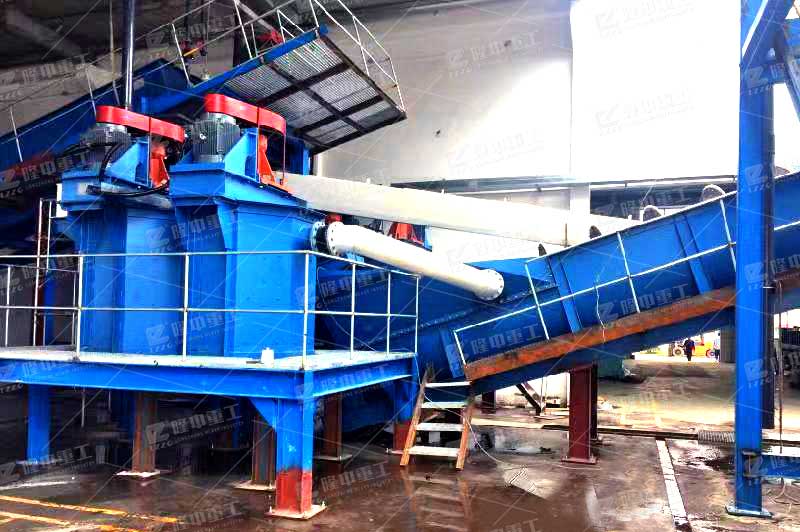Factors affecting the sand classifier working efficient
 December.25,2020
December.25,2020
Feeding of sand classifier
In terms of feed, there are two main factors that will affect the classification effect of the sand classifier. One is the mud content of the classifier’s feed, and the other is the particle size composition.
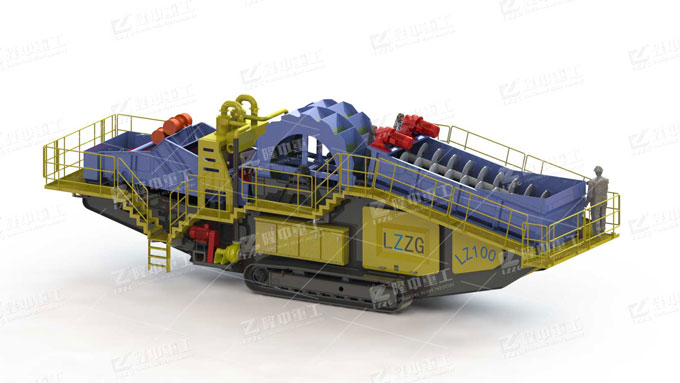
The higher the mud content or the more fine-grained grades in the grading feedstock, the greater the viscosity of the slurry and the slower the sedimentation speed of the ore particles in the slurry, resulting in the coarser particle size of the overflow product. In this case, in order to ensure that the overflow fineness meets the requirements, the supplementary water can be increased appropriately to reduce the slurry concentration. If the mud content in the feed is low or has been deslimed, the slurry concentration should be appropriately increased to reduce the excessive fine-grained materials entrained in the returned sand.
Sand classifier structure
The structure of the spiral classifier has three main factors that will affect its classification efficiency: the inclination angle of the machine groove, the height of the overflow weir and the spiral speed.
The inclination angle of the classifier groove affects the settling area of the classifier, but because the groove of the spiral classifier is fixed after installation, the groove inclination angle of the classifier needs to be adjusted to an appropriate angle during installation. In general, the installation angle of the classifier should be between 16-18°.
If the inclination angle is too large, the settlement area will decrease, the coarse-grained materials are easy to slide, and the overflow particle size will become coarser, but the fine-grained materials in the returned sand will be reduced accordingly. On the contrary, if the inclination angle is too small, the settlement area will be large, the overflow particle size will be finer, and the returned sand Medium and fine materials will also increase. Therefore, it is necessary to comprehensively determine the inclination angle according to the nature of the material, the fineness of the classification and other factors when designing the plant.
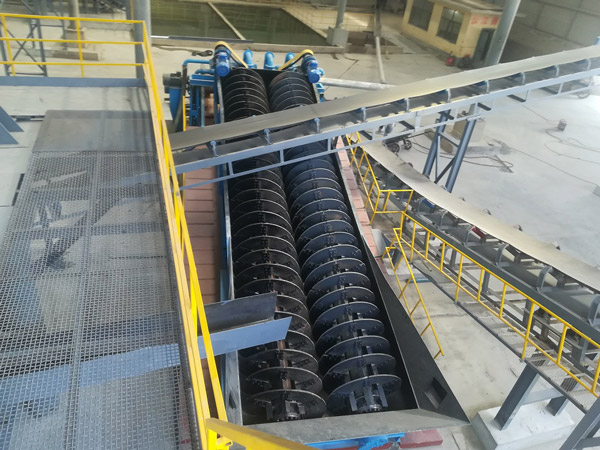
Common spiral classifiers mainly include high weir spiral sand classifier and submerged spiral classifier. Among them, the high weir type spiral classifier is suitable for coarse grain classification, and its classification overflow particle size is generally greater than 0.15mm. The submerged spiral classifier is suitable for fine grain classification, and its classification particle size is generally less than 0.15mm. What the two have in common is that the height of the overflow weir will affect the settlement area.
The overflow weir is increased, the settlement area increases, the volume of the classifier increases, and the overflow particle size becomes finer. Generally, the height of the overflow weir seldom changes in normal times after being adjusted properly in the initial stage of production. The height range of the overflow weir of the high weir spiral classifier is usually controlled within the range of 400-800mm, while the height of the overflow weir of the submerged spiral classifier is generally between 930-2000mm.
In addition, the spiral speed will directly affect the level of liquid level agitation and the conveying sand return capacity. In actual production, it is necessary to meet both the overflow fineness and sand return productivity requirements. The faster the speed, the higher the ability to return sand, but the increased stirring effect will result in an increase in coarse particles in the overflow. Generally, the screw speed should be controlled within the range of 1.5-10r/min.
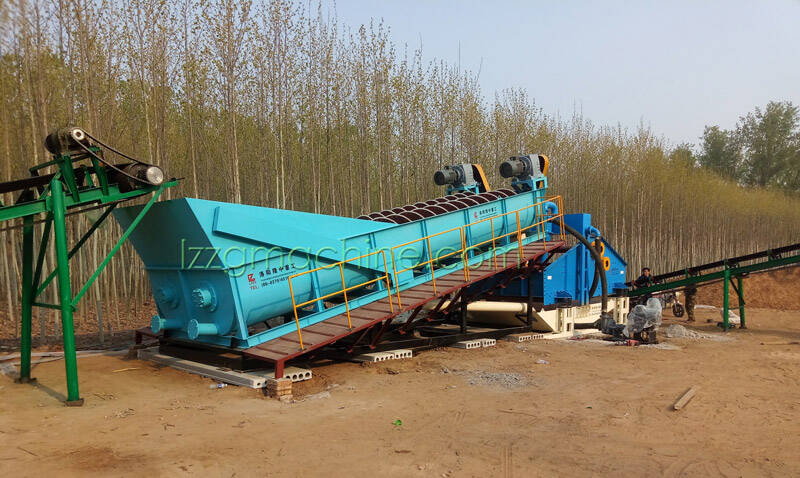
spiral sand washer in Kaifeng, China.
The slurry concentration and the uniformity of the ore supply
The pulp concentration is an important adjustment factor. In actual production, the pulp concentration has a greater impact on the overflow fineness of the classifier. As the slurry concentration decreases, the overflow particle size becomes finer, and when the concentration increases, the overflow particle size will also become coarser. Therefore, maintaining a certain overflow particle size at an appropriate concentration can obtain a good production index. The appropriate concentration of the critical separation particle size can be determined by the beneficiation test.
The amount of ore supplied by the spiral sand classifier should be kept uniform and stable, and should not be large or small, otherwise it is easy to cause unstable classification concentration and frequent fluctuations in classification fineness, which will affect the production index of the next operation.


